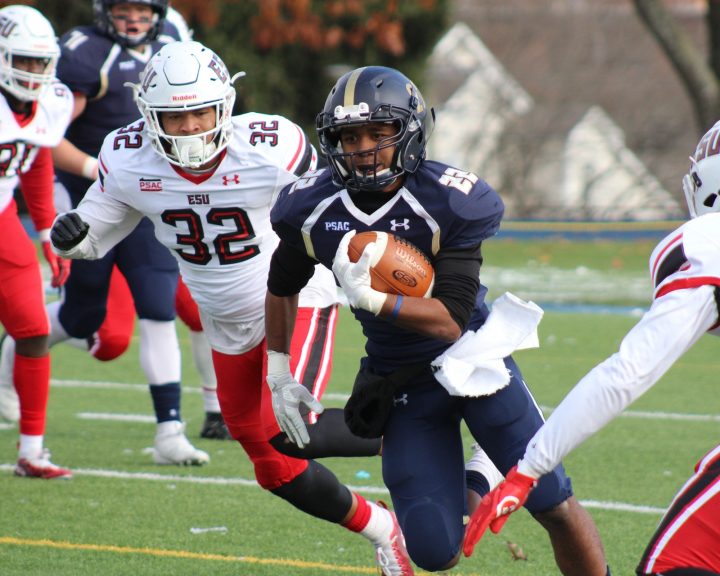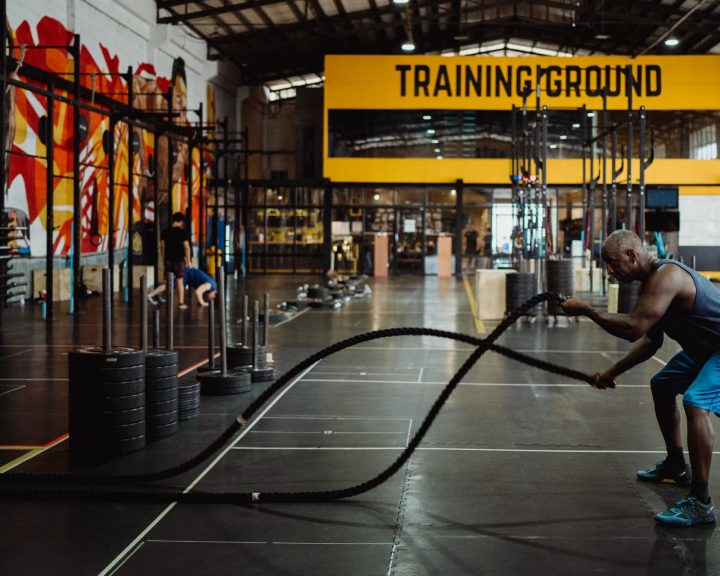The needs analysis refers to information that is collected prior to writing a strength and conditioning program. It involves determining the strength and conditioning needs of the athlete based upon the sport, needs of the position, level of play, and determining where the athlete is relative to those needs.
Needs of the Sport:
This is where you determine what muscles and movement patterns are involved in the sport as well as the primary energy systems that fuel the activity. The first thing to realize is that almost all sports are going to be performed standing up. Most will involve sprinting and changes of direction. So there are definite commonalities between all the sports in a strength and conditioning program.
There are important questions to ask during this phase in addition to considering muscles and movements. For example:
- What is the playing surface? There is a big difference between sprinting and changing directions on a basketball court and on grass.
- Do speed and agility skills have to be performed with the ball? For example, a football defensive back and a basketball point guard may both perform sprints, but the point guard has to be able to do those sprints while dribbling a basketball.
- Are there movement patterns specific to the sport that require attention? For example, hitting a baseball and throwing a shot put are very specific movement patterns that require a different strength and conditioning approach.
- What kind of conditioning needs does the sport have?
Needs of the position:
Once we have an idea of what the sport needs, we need to look at the position that the athlete plays. This will be different depending upon the level the athlete is playing at. For example, a high school athlete may not need a position-specific workout, but a professional level athlete will.
Level of play:
The level the athlete is competing at, combined with the athlete’s training history, are going to impact the program. For example, a 30 year old athlete preparing for the Olympics will have a much different program than a 15 year old high school athlete. The further down the road an athlete gets, the more specialized they will become, which will require a different approach to strength and conditioning than a younger athlete with a more generalized program.
Where is the athlete?
Once you know what you are looking for from the sport, the position, and the level of play it’s time for you to see where the athlete is relative to those needs. This helps you to determine where there are weaknesses and where there are strengths. This is also when you look at how healthy the athlete is, is there an injury history, etc.
So what does this look like with high level athletes? I still work with post-collegiate track and field athletes. The needs analysis is a lot more complex for them than it is for a high school level athlete. Things that I get information about:
- What is their event?
- Goals
- Meet performance
- Sprinting
- Lifting
- Current training schedule
- Meet schedule
At the post-collegiate level, athletes are event specialists. Unlike high school or even college there won’t be a lot of changes in their chosen event. This means it is important to put together strength, speed, and power programs that are completely focused around the event.
It’s important to factor in the athlete’s goals, it’s also important that the athlete have goals. Are they trying to get an Olympic birth? Are they trying to compete in the Diamond League? Or do they just want to place at nationals? This is important to understand before we start the planning process. As I told one athlete recently, the Olympics are coming up and that date isn’t going to change.
I like to see film of meet performance. Both successful meet performance and unsuccessful meet performance. When I have both I can put the two films side by side and see if there are any technical reasons to explain the performance disparity. If not, then we have a strength and conditioning problem.
I always want to see film of the athlete sprinting. I ask for hundreds and we get the 10 meter splits. This allows us to look at acceleration, maximum velocity, speed endurance, and technique. In addition, since most track and field events involve a sprint I compare the sprinting in a meet situation with the sprinting in training and see if the two match up (they should).
I’m not going to do a lot of maxing out with post-collegiate athletes. But I like to see them lift, especially squats, power cleans, and Romanian deadlifts, in the 4-6 RM range. This gives me a lot of information about their ability to move in the weight room as well as strengths and weaknesses.
It’s important to factor in what the athlete is used to in terms of training before you blow things up. This is especially important when we are looking at event-specific training. Strength, speed, and power training has to align and support the event training – it can’t interfere with it. So you have to know what and when they are doing for event training.
The meet schedule drives the training schedule. Once you know the meet schedule you plan backwards from it. Remember, many post-collegiate athletes have a very short off-season and are constantly traveling – which complicates things.
Lastly, communicate your “why’s” to these athletes. All levels of athletes need to be a partner to the training process, but this is especially true with high level athletes. They know their bodies better than you do, so it’s important to include them in decisions and to listen to them. Sad to say, but the goal is to coach them out of needing your help!




